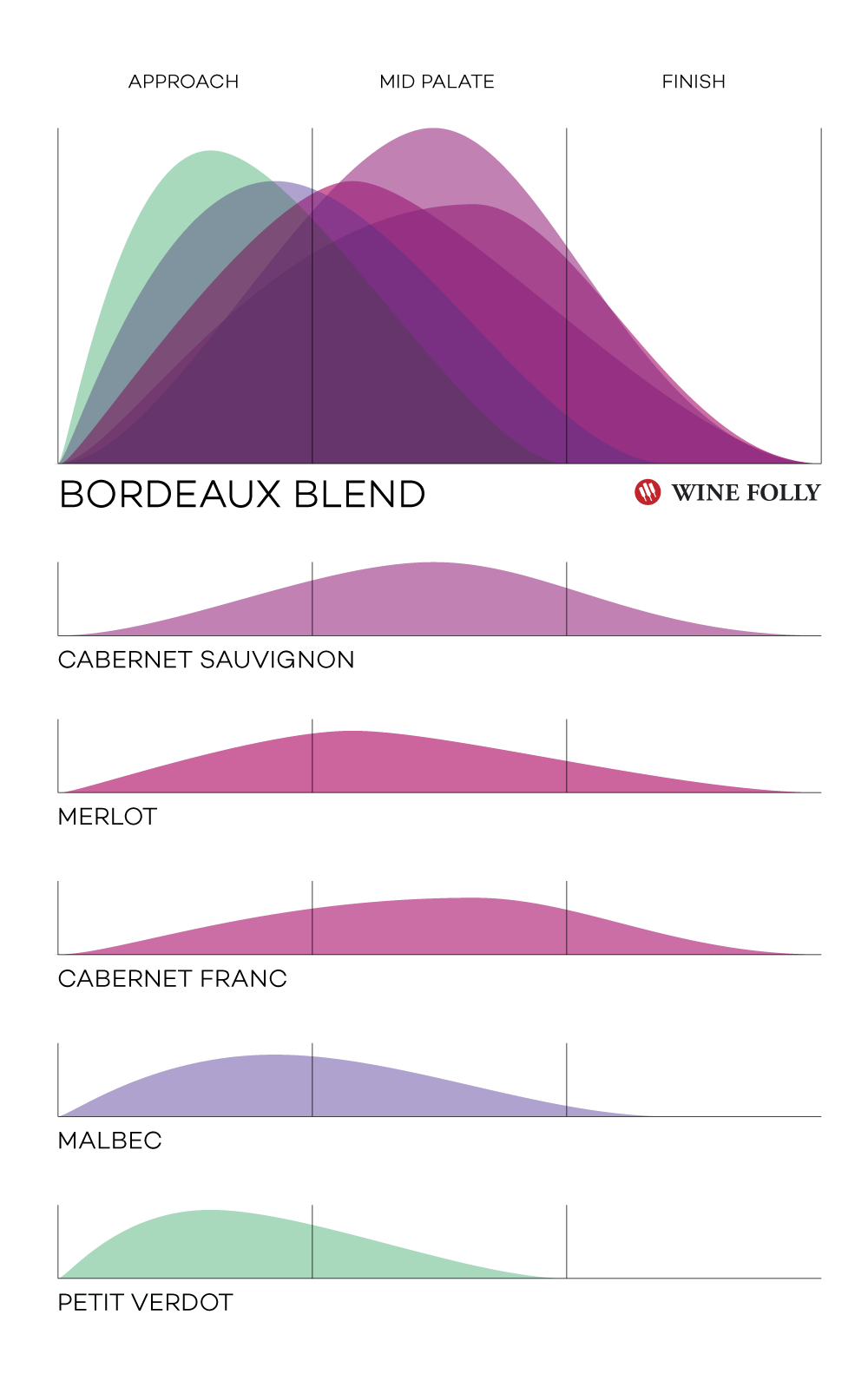Blending wine may be a winemaker’s most creative endeavour. The goal of blending different grape varieties is to create a better finished wine … better than the sum of its parts, as they say. That could mean better colour, flavour, balance, structure and complexity.
Almost all wines are blends of some sort. Some might be a blend of different barrels, vineyards or blocks of a single variety. Others might be a blend of different appellations or grape varieties.
While most new world wines are predominantly single varietal wines (made from one grape variety) – Chardonnay, Riesling, Pinot Noir, Gamay Noir etc., in other parts of the wine world, consumers are used to blends. For example, Portuguese wines are usually blends of 2 or more grape varieties such as Touriga Nacional, Touriga Franca and Tinta Roriz. In fact, many vineyards are co-planted with a variety of grapes that may be harvested and fermented together – it is called a field blend.
Did you know? Red blends now sell more, by volume, than either Pinot Noir or Merlot, and they’re on track to become even more popular than Cabernet Sauvignon. (U.S.A stats)
In Ontario, one of the more popular red blends is Cabernet Merlot (mostly Cabernet Franc and occasionally Cabernet Sauvignon). So why does this blend work?

Cabernet Franc brings juicy flavours of raspberry, cherry, and herbaceous notes of bell pepper with light tannins and high acidity.
Merlot contributes blackberry and plum flavours, greater body and texture, as well a a touch of baking spice.
Put the two together and you have a wine that offers red and black fruit flavours, good structure, better mid-palate weight, and mellow tannins.

So, can you answer the question “to blend or not to blend”?
Do you prefer single varietal wines or do you have a favourite blend? Let us know – leave a comment.






